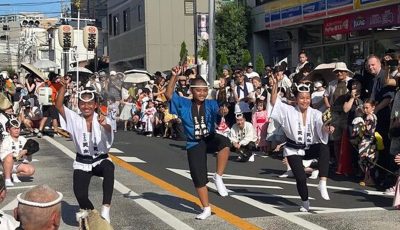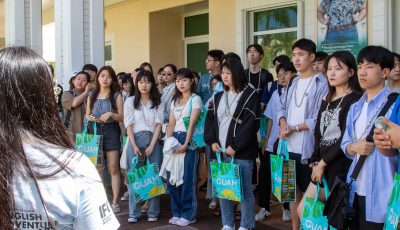The Sapporo files
The word of the day is “Sapporo.” I’ve seen the name in various contexts for almost four decades, so I thought I’d ponder how this name and I keep crossing paths.
If you’re good at geography, you’ll recognize it as the name of a large Japanese city. That’s as far as I got on the geographic angle, so I had to look up the rest. Here we go: Sapporo is Japan’s fourth most populous city. It’s a geographical outlier, since it’s not on Japan’s main island of Honshu, but is on an island north of Honshu called Hokkaido. Sapporo sits at 43 degrees north latitude and is about 700 miles north of Tokyo. It gets lots of snow and was the host of the 1972 Winter Olympics. It sounds like an interesting place. I’d like to visit in the wintertime.
Unfortunately, my travel budget isn’t up for such an excursion. I can barely make it to the grocery store. But, hey, that’s all right, because I can put on my ski-goggles and swoosh over to the instant noodle aisle, where the name “Sapporo Ichiban” can be seen.
Sapporo Ichiban noodles were one of many happy discoveries that Saipan unlocked for me. But if there’s any relationship between the Sapporo Ichiban brand name and the actual city of Sapporo, well, that’s one discovery that I’ve yet to make.
Instant noodles are an art form in Saipan. Everyone has their own style when preparing them. Even I do, and I can’t even cook. I put in half of the packet of powdered flavoring, and then I put in a boiled egg (sliced), some ham, and some dried seaweed from those little packs that look like some dude used a steamroller to flatten the stuff.
As humble as my efforts are, they’re considered culinary rocket science by my mainland pals. They grew up regarding instant noodles as the food of last resort for starving college students. Price was the key driver here. In fact, price was apparently the only driver. I’d occasionally see people buying big boxes of 18-cent instant noodle packs.
Still, overall, the starving-student-instant-noodles thing was probably more cliche than reality. Pizza and beer still held the most collegiate cachet.
Ah, beer. Well, here, again, we encounter the name “Sapporo.” This brand is well-represented in the west Pacific, of course. It’s also widely seen in the U.S. mainland, where it’s bottled by a Sapporo-owned brewery in Wisconsin.
The historic origins of the company, are, indeed, in Sapporo, Japan. I’ve read that they even have a beer museum in Sapporo. Hey, that’s just one more reason to book a trip to Sapporo someday.
Given all the gray hairs I’ve sprouted, I’m probably ready to be put in a museum myself. But first we’ll blow the dust off the time line to mark the point where I first encountered the word “Sapporo.” It was in 1978. That’s when I saw a Plymouth Sapporo, a compact car that was sold and “badged” (branded) by an American company (Plymouth) but that was actually made and imported from a Japanese company (Mitsubishi).
The practice of selling re-badged foreign cars was common. The industry called these cars “captive imports.” In fact I recall that by the mid-1970s all of the U.S. “big three” automakers had some captive models in their showrooms. I wasn’t old enough to drive then, but I could press my snotty little nose up against the dealership windows. So, yes, I have indeed left my mark on the automotive industry.
As for the Plymouth Sapporo, I don’t think it left much of a mark at all. Examples seemed pretty rare. But at various times, Mitsubishi did have other models rolling off its assembly lines and into the captive import market, including the Plymouth Arrow (which was very stylish and had cool TV ads) and the Dodge Colt.
Mitsubishi established a good reputation for quality during its captive import days. The company eventually established its own U.S. dealerships and thus became a stand-alone brand in the U.S.
As for the model named “Sapporo,” I don’t know if the car had any actual origins in the city itself.
Anyway, there you have it: From 1978 up through yesterday’s trip to the grocery store, I’ve been crossing paths with the word “Sapporo” for a long time. I don’t know if I’ll ever lay eyes on the city itself, but, for now, I’ll content myself with a can of good beer, and maybe an extra shred of stream-rollered seaweed in my dinner.



























